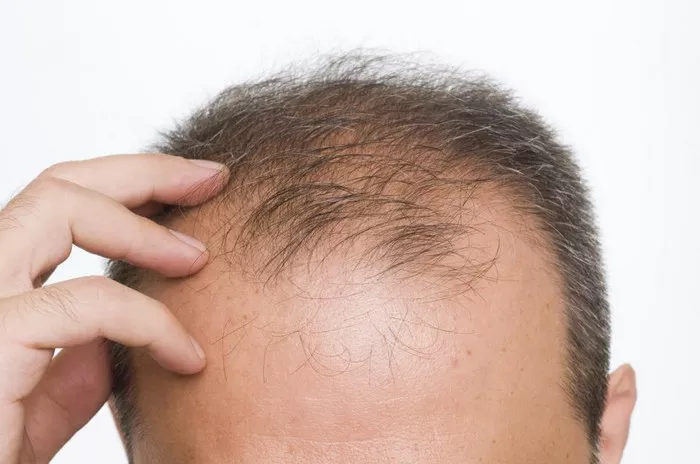Hair loss is a common concern affecting millions of individuals worldwide, with genetics playing a significant role in its development. Androgenetic alopecia, commonly known as genetic hair loss, is the most prevalent form of hair loss, impacting both men and women. As individuals face the distressing effects of thinning hair and receding hairlines, they often wonder whether this condition ever truly stops. In this article, we will delve into the science behind genetic hair loss, its progression, and whether there is hope for halting or reversing it.
The Genetics of Hair Loss
Understanding the genetic basis of hair loss is crucial in comprehending its ceaseless nature. Genetic hair loss is primarily attributed to an inherited sensitivity to dihydrotestosterone (DHT), a hormone derived from testosterone. DHT binds to receptors in hair follicles, leading to their gradual miniaturization over time. Consequently, this process weakens hair growth, resulting in shorter, finer, and eventually non-existent hair.
Stages of Genetic Hair Loss
Genetic hair loss follows a distinct pattern, known as the Norwood-Hamilton scale in men and the Ludwig scale in women. In men, it typically begins with a receding hairline, forming an “M” shape. Subsequently, hair loss advances to the crown area and may eventually lead to complete baldness. Women, on the other hand, usually experience diffuse thinning over the crown and top of the scalp without significant receding of the hairline.
Is Hair Loss Reversible?
Many individuals affected by genetic hair loss seek ways to reverse the process and restore their hair to its former glory. While several treatments claim to halt or reverse hair loss, it is essential to recognize that not all cases are reversible. The effectiveness of treatments depends on various factors, such as the stage of hair loss, individual response, and consistency in treatment.
FDA-Approved Treatments
Currently, two medications are approved by the U.S. Food and Drug Administration (FDA) for treating genetic hair loss: minoxidil and finasteride.
1. Minoxidil:
Available as a topical solution or foam, minoxidil is a vasodilator that promotes hair growth. It prolongs the anagen (growth) phase of hair follicles, leading to increased hair density and thickness. Minoxidil is generally more effective in the early stages of hair loss and may provide modest improvements for some individuals.
2. Finasteride:
This oral medication works by inhibiting the conversion of testosterone to DHT. By reducing DHT levels, finasteride helps preserve hair follicles, slowing down the miniaturization process. It is most effective in the crown area and may not be as effective in restoring the hairline. However, it has shown promising results in numerous studies.
Several other treatments
1. Platelet-Rich Plasma (PRP) Therapy
Platelet-Rich Plasma (PRP) therapy is a non-surgical treatment gaining popularity in recent years. It involves drawing a patient’s blood, processing it to concentrate the platelets, and injecting the PRP into the scalp. PRP contains growth factors that stimulate hair follicles, potentially promoting hair growth and thickness. While some studies show promising results, more research is needed to establish its long-term efficacy.
2. Low-Level Laser Therapy (LLLT)
Low-level laser therapy, often referred to as LLLT, is another non-invasive option for addressing genetic hair loss. LLLT devices emit red light at a specific wavelength, which is believed to stimulate hair follicles and improve overall hair health. LLLT can be administered via handheld devices or in-office treatments. While some individuals report positive outcomes, the results can vary, and consistent use is essential to see any potential benefits.
3. Hair Transplantation
For individuals seeking a more permanent solution, hair transplantation can be an option. This surgical procedure involves removing hair follicles from areas of the scalp with adequate hair growth (donor sites) and implanting them into the areas with thinning or no hair. With advancements in technology and surgical techniques, hair transplantation has become increasingly successful and natural-looking.
Conclusion
Genetic hair loss is a challenging condition that affects millions worldwide. While it may not be entirely reversible in all cases, several treatments offer hope and potential for slowing down the progression of hair loss and promoting regrowth. FDA-approved medications, hair transplantation, PRP therapy, and LLLT are among the options available to individuals seeking solutions. Nevertheless, managing expectations and embracing one’s appearance are equally vital aspects of dealing with genetic hair loss. Seeking professional guidance and support can empower individuals to make informed decisions and lead to greater self-confidence and acceptance in the face of hair loss.


